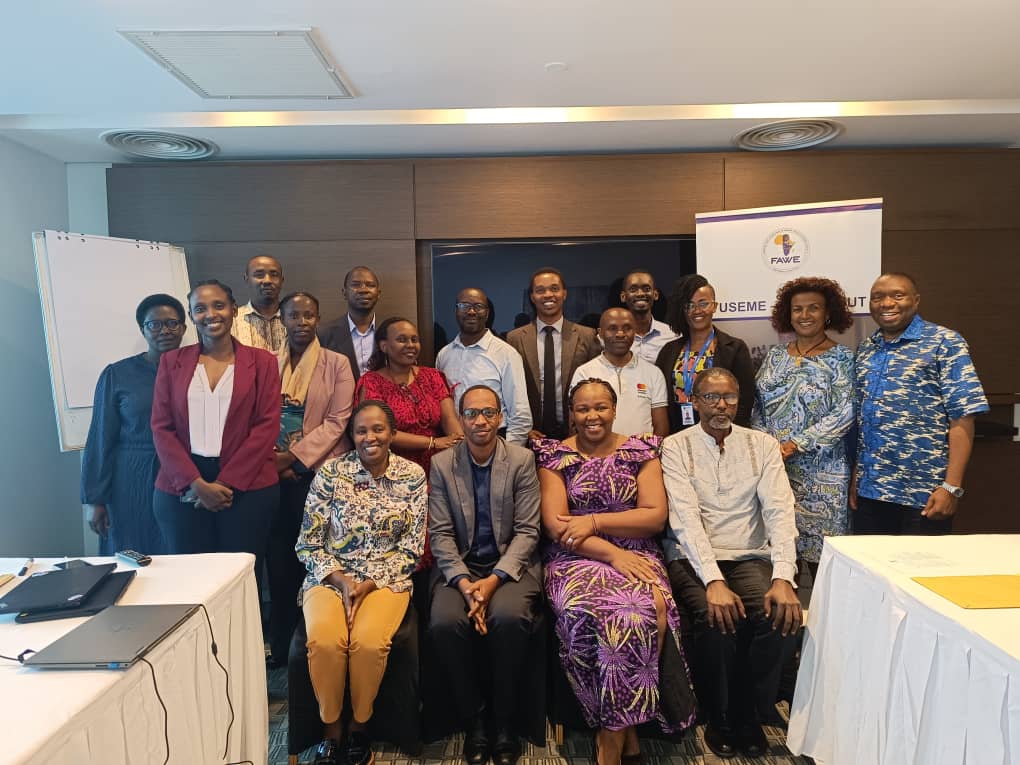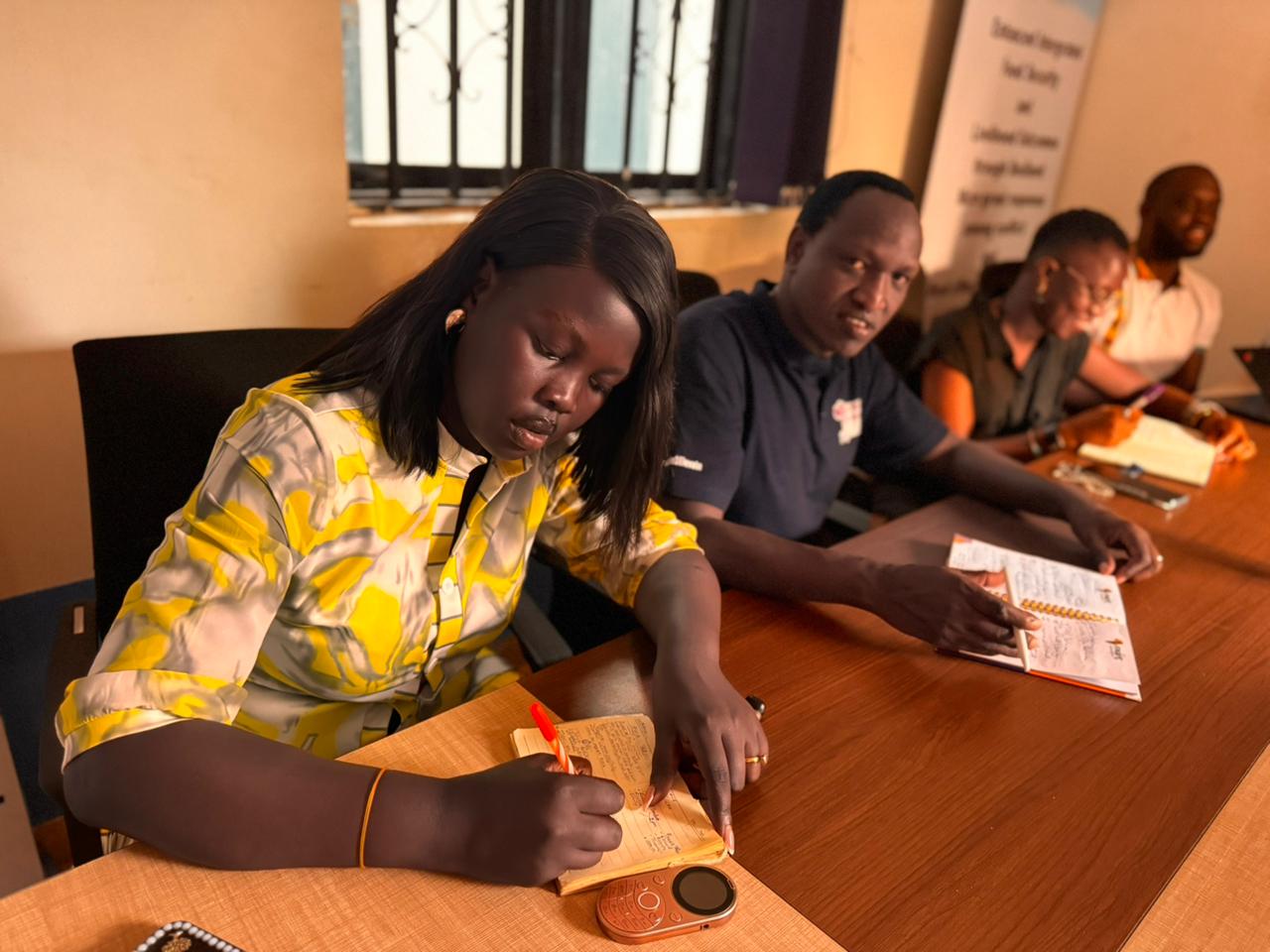KIGALI – There is a particular energy in a room where a proven idea is being carefully taken apart. Not to be discarded, but to be rebuilt, stronger and more specific. At the Ubumwe Grande Hotel, the air is thick with this constructive deconstruction. This is not merely a meeting; it is an architectural session for a bridge.
The FAWE Rwanda Task Force is gathered, and on the table is the Bridging Programme—a lifeline that has already proven its worth. But under Phase II of the FAWE/Mastercard Foundation partnership, the mandate has evolved. The goal is no longer just to build a bridge, but to ensure its foundations are unmistakably, unshakably Rwandan.
The session is opened by two women whose roles perfectly frame the challenge and the opportunity. Ms. Teresa Omondi Adeitan, FAWE’s Deputy Executive Director, arrives with the weight of a pan-African vision. She carries the blueprint. Then, Ms. Alice Mutesi, FAWE Rwanda’s National Coordinator, steps forward, holding the local soil samples. It is this dialogue—between the continental strategy and the national reality—that sets the tone.
What unfolds is a powerful act of contextual alchemy. The usual suspects are not just present; they are actively co-authoring the next chapter. Representatives from universities, the Ministry of Education, and other stakeholders are not here to simply listen or endorse. They are here to interrogate, to adapt, to translate.
The conversation pivots on a crucial question: How does a bridging programme shed its generic form and become a custom-fit key for Rwanda’s unique lock? This is the hard, unglamorous work of systems change. It’s about aligning academic calendars with preparatory semesters, ensuring curriculum nods to national priorities, and weaving a support system that understands the specific topography of a Rwandan student’s journey.
The word “sustainable” echoes, not as a buzzword, but as a technical requirement. For education to be truly accessible and inclusive, the pathways cannot be made of imported materials. They must be forged from local iron, designed by local architects, and maintained by a community that sees itself in the structure.
This meeting, therefore, was more than a reflection. It was a foundry. The insights shared and the priorities aligned are the raw materials being heated and hammered into a new form—a bridge that doesn’t just connect point A to point B, but one that is itself a testament to the landscape it serves.




Leave A Comment